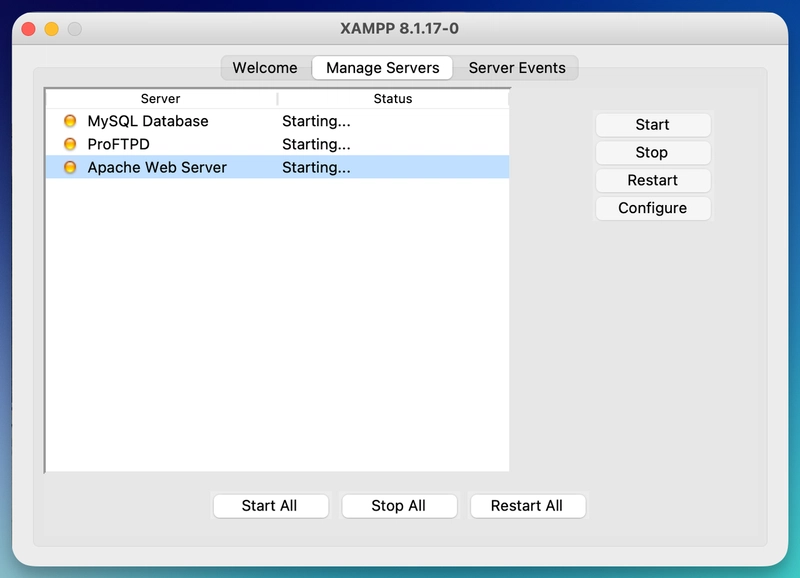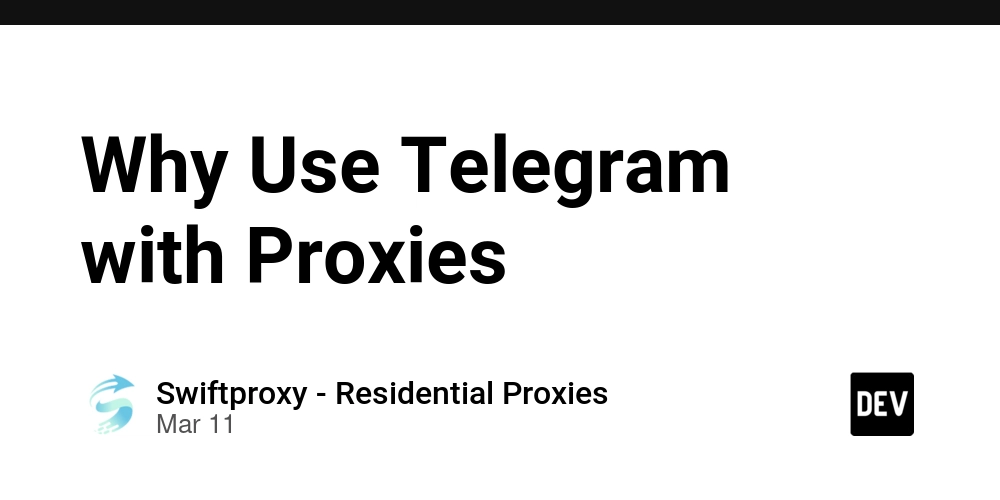Promoting Your GitHub Sponsors Profile: A Comprehensive Guide
Abstract In this post, we dive deep into strategies to promote your GitHub Sponsors profile. We discuss essential steps for creating a compelling profile, leveraging your network, utilizing social media, content marketing, and more. By exploring the historical context, core concepts, practical applications, challenges, and future trends, this guide offers a comprehensive resource for developers. We also weave in insights from related blog posts and official documentation to provide actionable tips to boost your financial sustainability through GitHub Sponsors. Introduction GitHub Sponsors has emerged as a vital platform for developers seeking financial support for open-source projects. As software development evolves, community-driven funding has grown increasingly important. Promoting your GitHub Sponsors profile is not simply about having a presence—it’s about engaging a robust community. In this guide, we break down techniques and best practices that you can implement immediately. The topics covered here come not only from the original article on how to promote your GitHub Sponsors profile found here but also from a deeper exploration of related technical strategies and insights from industry experts. Background and Context GitHub Sponsors began as a way for contributors and maintainers to receive direct financial contributions for their work in the open-source ecosystem. Over time, the platform has gained traction as it aligns with the collaborative and transparent nature of the developer community. Historically, funding for open-source projects came through donations, crowdfunding, or corporate sponsorships. With the introduction of GitHub Sponsors and similar initiatives by platforms like GitHub Sponsors and community forums such as GitHub Community, sustainability is now achievable through structured, ongoing contributions. Key definitions: Sponsorship Tiers: Different levels of sponsorship created by developers, which offer varying benefits. Profile Engagement: The set of actions taken by maintainers to consistently interact with their community. The ecosystem surrounding GitHub Sponsors includes official documentation on what is GitHub Sponsors, details on how GitHub Sponsors work, and guides on what countries support GitHub Sponsors. Developers and contributors can also explore the benefits of GitHub Sponsors for developers. Core Concepts and Features In promoting your GitHub Sponsors profile, it is essential to understand both the technical and community engagement aspects. Below are the core concepts and features to consider. Crafting a Compelling Profile Creating a detailed and engaging profile is fundamental to building trust: Clear Description: Explain your background, your projects, and why you seek sponsorship. Diverse Sponsorship Tiers: Clearly outline what each sponsorship level offers. Visual Appeal: Use images and custom branding to present a professional look. Leveraging Your Existing Network Your personal and professional connections are gold mines. Some strategies include: Profile Launch Announcement: Use your social platforms and email newsletters. Direct Outreach: Reach out individually, thanking early supporters. Cross-collaboration: Partner with other developers to amplify your message. Utilizing Social Media Platforms Social media is an excellent medium for targeted promotion: Regular Updates: Share progress on your projects, use calls-to-action. Community Engagement: Participate in discussions in open-source forums and relevant tech groups. Visual Content: Videos, infographics, and short posts help direct traffic to your GitHub Sponsors profile. Content Marketing Writing blog posts, recording podcasts, and hosting webinars can spread the word: Blog Posts & Guest Articles: Provide detailed insights and case studies. YouTube Videos & Podcasts: Elaborate on your project’s journey, share tutorials, and feature sponsor testimonials. Networking and Collaboration Attend industry events, such as open-source conferences and local meetups: Conferences and Meetups: Present your work, network, and build your reputation. Cross-promotions: Joint webinars, guest appearances, and collaborative events can benefit all parties. Webinars and Workshops: Educate your audience on topics related to your project and sponsorship opportunities. Optimizing Your GitHub Presence Make sure your repos and contribution guides highlight the sponsorship option: Repository Documentation: Include clear sponsorship links in your README files. Pinned Repositories: Feature projects that are actively seeking support. Consistent Engagement and Updates Regular interaction builds long-term supporter trust: Frequent Updates: Use GitHub’s update tools and mailing lists to keep sponsors informed. Feedback Management: Encourage crit
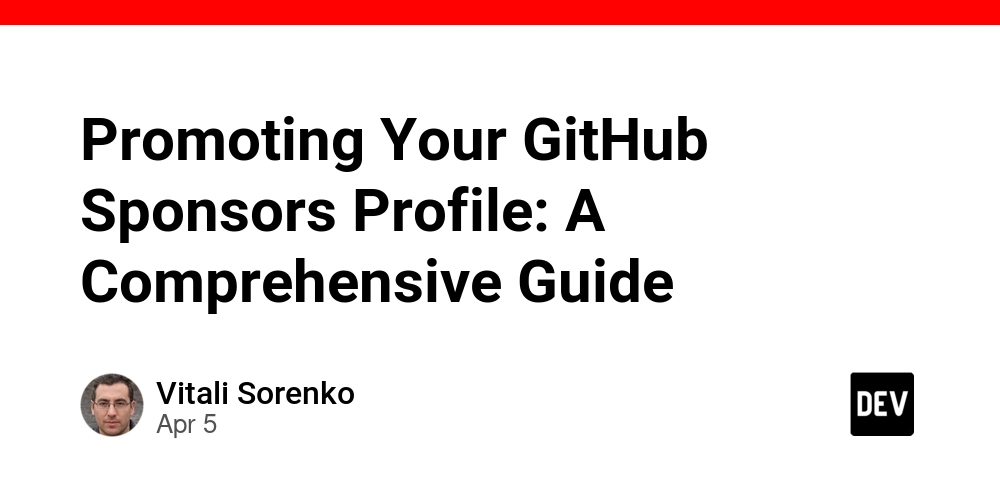
Abstract
In this post, we dive deep into strategies to promote your GitHub Sponsors profile. We discuss essential steps for creating a compelling profile, leveraging your network, utilizing social media, content marketing, and more. By exploring the historical context, core concepts, practical applications, challenges, and future trends, this guide offers a comprehensive resource for developers. We also weave in insights from related blog posts and official documentation to provide actionable tips to boost your financial sustainability through GitHub Sponsors.
Introduction
GitHub Sponsors has emerged as a vital platform for developers seeking financial support for open-source projects. As software development evolves, community-driven funding has grown increasingly important. Promoting your GitHub Sponsors profile is not simply about having a presence—it’s about engaging a robust community. In this guide, we break down techniques and best practices that you can implement immediately. The topics covered here come not only from the original article on how to promote your GitHub Sponsors profile found here but also from a deeper exploration of related technical strategies and insights from industry experts.
Background and Context
GitHub Sponsors began as a way for contributors and maintainers to receive direct financial contributions for their work in the open-source ecosystem. Over time, the platform has gained traction as it aligns with the collaborative and transparent nature of the developer community.
Historically, funding for open-source projects came through donations, crowdfunding, or corporate sponsorships. With the introduction of GitHub Sponsors and similar initiatives by platforms like GitHub Sponsors and community forums such as GitHub Community, sustainability is now achievable through structured, ongoing contributions.
Key definitions:
- Sponsorship Tiers: Different levels of sponsorship created by developers, which offer varying benefits.
- Profile Engagement: The set of actions taken by maintainers to consistently interact with their community.
The ecosystem surrounding GitHub Sponsors includes official documentation on what is GitHub Sponsors, details on how GitHub Sponsors work, and guides on what countries support GitHub Sponsors. Developers and contributors can also explore the benefits of GitHub Sponsors for developers.
Core Concepts and Features
In promoting your GitHub Sponsors profile, it is essential to understand both the technical and community engagement aspects. Below are the core concepts and features to consider.
Crafting a Compelling Profile
Creating a detailed and engaging profile is fundamental to building trust:
- Clear Description: Explain your background, your projects, and why you seek sponsorship.
- Diverse Sponsorship Tiers: Clearly outline what each sponsorship level offers.
- Visual Appeal: Use images and custom branding to present a professional look.
Leveraging Your Existing Network
Your personal and professional connections are gold mines. Some strategies include:
- Profile Launch Announcement: Use your social platforms and email newsletters.
- Direct Outreach: Reach out individually, thanking early supporters.
- Cross-collaboration: Partner with other developers to amplify your message.
Utilizing Social Media Platforms
Social media is an excellent medium for targeted promotion:
- Regular Updates: Share progress on your projects, use calls-to-action.
- Community Engagement: Participate in discussions in open-source forums and relevant tech groups.
- Visual Content: Videos, infographics, and short posts help direct traffic to your GitHub Sponsors profile.
Content Marketing
Writing blog posts, recording podcasts, and hosting webinars can spread the word:
- Blog Posts & Guest Articles: Provide detailed insights and case studies.
- YouTube Videos & Podcasts: Elaborate on your project’s journey, share tutorials, and feature sponsor testimonials.
Networking and Collaboration
Attend industry events, such as open-source conferences and local meetups:
- Conferences and Meetups: Present your work, network, and build your reputation.
- Cross-promotions: Joint webinars, guest appearances, and collaborative events can benefit all parties.
- Webinars and Workshops: Educate your audience on topics related to your project and sponsorship opportunities.
Optimizing Your GitHub Presence
Make sure your repos and contribution guides highlight the sponsorship option:
- Repository Documentation: Include clear sponsorship links in your README files.
- Pinned Repositories: Feature projects that are actively seeking support.
Consistent Engagement and Updates
Regular interaction builds long-term supporter trust:
- Frequent Updates: Use GitHub’s update tools and mailing lists to keep sponsors informed.
- Feedback Management: Encourage critiques and suggestions, then act upon them to improve your services.
Incentives for Sponsors
Motivate potential backers with exclusive benefits:
- Exclusive Content: Offer behind-the-scenes insights, early access to new features, or custom merchandise.
- Sponsor Recognition: Give public shout-outs and acknowledge contributions in release notes.
Seeking Press and Media Coverage
Publicity can build credibility:
- Press Releases: Regularly announce major updates and projects through press releases.
- Media Interviews: Share your story in tech podcasts and interview platforms.
Analyze and Adapt
Monitor the effectiveness of your strategies:
- Analytics Tools: Use tracking tools to see where your traffic comes from.
- Feedback Surveys: Learn what your sponsors value and how you can enhance their experience.
Table: Quick Reference of GitHub Sponsors Promotion Strategies
| Strategy | Key Actions | Expected Outcome |
|---|---|---|
| Craft a Compelling Profile | Clear description, sponsorship tiers, visuals | Higher trust and credibility |
| Leverage Existing Network | Announce launch, direct outreach, thank sponsors | Rapid initial support |
| Utilize Social Media | Regular updates, community engagement, visuals | Increased visibility and traffic |
| Content Marketing | Blogs, videos, webinars | Broader awareness and content sharing |
| Networking & Collaboration | Conferences, webinars, partnerships | Strategic alliances and credibility |
Applications and Use Cases
Let’s consider a few practical scenarios where these strategies come into play.
Use Case 1: Open Source Software Funding
Imagine you are maintaining a popular open-source analytics tool. By creating a compelling profile on GitHub Sponsors and outlining multiple sponsorship tiers—for instance, silver, gold, and platinum—developers can choose the support level most aligned with their interest.
Application:
- Social Media Campaign: Announce your initiative across Twitter, LinkedIn, and specialized forums such as the GitHub Community.
- Content Marketing: Write detailed blog posts about the unique features and benefits of your tool.
- Incentives: Offer exclusive tutorials or early access to new modules for higher-tier sponsors.
Use Case 2: Collaborative Development Projects
For large-scale developmental projects that require integration across multiple platforms, leveraging your network is indispensable.
Application:
- Networking: Attend conferences and local meetups where you discuss your project roadmap and invite collaborators.
- Direct Outreach: Personally email early supporters and contributors, thanking them and encouraging sustained sponsorship.
- Optimization on GitHub: Clearly display your sponsorship link in repository READMEs and organize projects with contributions in mind.
Use Case 3: Media and Press Focus for Innovative Projects
For projects that are breaking new ground—like those integrating blockchain or decentralized finance—the combination of media coverage and regular updates is key.
Application:
- Press Releases: Circulate announcements on industry websites and platforms.
- Dev.to Community: Share your experiences and outcomes in blog posts on sites such as The Future of Fragment Telegram: Anticipated Updates and Innovations and Elon Musk’s Open Source Journey: A Catalyst for Innovation.
Challenges and Limitations
Despite the many strategies available, promoting a GitHub Sponsors profile comes with challenges.
- Awareness vs. Adoption: Even if your profile is well-constructed, gaining visibility in a crowded open-source space can be tough.
- Sustainability of Incentives: Over time, offering exclusive content requires ongoing effort and resources.
- Measurement of Impact: Not every promotion effort will yield quantifiable results immediately. Using tools like analytics for conversion tracking is imperative.
- Technical Overhead: Keeping documentation, repos, and sponsorship pages updated demands consistent maintenance.
Developers need to find a balance between technical optimization and genuine community engagement. Adapting your methods based on analytics outcomes and user feedback is essential to long-term success.
Future Outlook and Innovations
Looking ahead, the future of GitHub Sponsors appears bright as new tools and approaches continue evolving.
Trends and Technological Advancements
- Integration with Blockchain: More projects are exploring blockchain-based verification for contribution transparency and sponsor recognition. Check out insights from Unveiling the Synergy: How Open Source and Blockchain Are Revolutionizing Tech.
- Enhanced Engagement Tools: Future updates on GitHub may include integrated analytics and automated thank-you notifications, making sponsor management easier.
- Community Governance and DAOs: There is growing interest in decentralized autonomous organizations (DAOs) to involve sponsors in governance decisions.
- Press and Media Innovations: More tech blogs and media outlets are now focusing on open source funding models, contributing to increased developer awareness.
Innovations in Licensing and Sponsorship Mechanisms
New licensing models, such as fair code and dual licensing, are emerging to better support both developers and sponsors. This aligns with discussions on platforms like Unveiling the Open Group License: A Deep Dive Into Innovation and Fairness.
Dev.to Insights
To further explore openness in digital sponsorship, consider reading:
- The Economics of Fragment Telegram Fees: Understanding Costs, Impacts, and Future Directions
- Elon Musk’s Open Source Journey: A Catalyst for Innovation
These posts highlight how innovative funding and open source licensing continue to shape the digital funding landscape.
Summary
In summary, promoting your GitHub Sponsors profile requires a well-rounded approach that combines technical excellence with strategic community engagement.
Here are the key takeaways:
- Create an engaging profile: Focus on clear descriptions, diverse sponsorship tiers, and an appealing design.
- Leverage your network: Utilize social media and direct communications to build awareness.
- Engage regularly: Consistent updates, content marketing, and direct outreach are vital.
- Monitor and adapt: Use analytics tools and community feedback to refine your strategy.
- Stay updated on trends: Integration with blockchain, advanced engagement features, and innovative licensing models enhance the future of open-source funding.
By following these strategies and staying engaged with both your contributors and new technological trends, you can create a sustainable model for open-source development funding. For further official guidelines, refer to GitHub Sponsors documentation and revisit the original guide on How to Promote GitHub Sponsors Profile.
Additional Resources and References
Authoritative Links:
- GitHub Sponsors
- GitHub Community
- What is GitHub Sponsors
- What Countries Support GitHub Sponsors
- Benefits of GitHub Sponsors for Developers
- How Does GitHub Sponsors Work
Dev.to Insights:
- The Future of Fragment Telegram: Anticipated Updates and Innovations
- The Economics of Fragment Telegram Fees: Understanding Costs, Impacts, and Future Directions
- Unveiling the Synergy: How Open Source and Blockchain Are Revolutionizing Tech
- Elon Musk’s Open Source Journey: A Catalyst for Innovation
- Unveiling the Open Group License: A Deep Dive Into Innovation and Fairness
Quick Bullet List of Action Items:
- Review your GitHub Sponsors profile for clarity and visual appeal.
- Update documentation and repository READMEs to include sponsorship links.
- Launch multi-channel promotions including blog posts, social media updates, and email outreach.
- Organize webinars and attend meetups to engage directly with your community.
- Use analytics tools to track conversion rates and feedback.
By consistently applying these insights and techniques, developers can maximize their profile’s reach and foster a wholesome, sustainable environment for open-source innovation.
This comprehensive guide bridges technical strategies with practical community engagement, allowing you to unlock the full potential of GitHub Sponsors while staying ahead of industry trends. Happy sponsoring!









































































































































































![[The AI Show Episode 142]: ChatGPT’s New Image Generator, Studio Ghibli Craze and Backlash, Gemini 2.5, OpenAI Academy, 4o Updates, Vibe Marketing & xAI Acquires X](https://www.marketingaiinstitute.com/hubfs/ep%20142%20cover.png)















































































































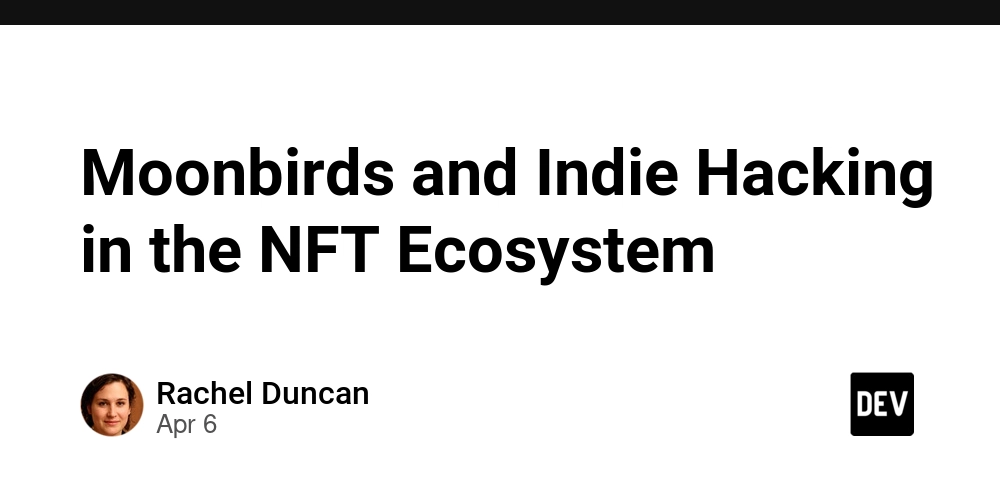

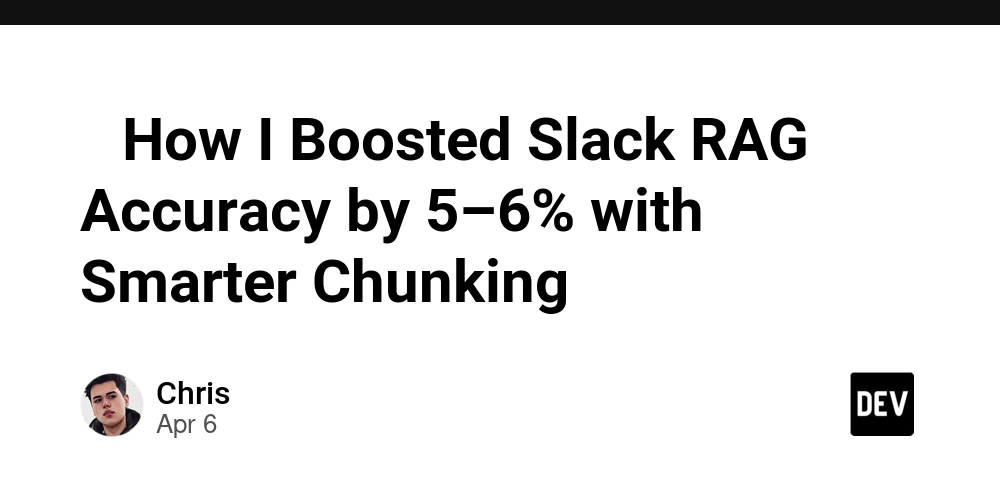









![[FREE EBOOKS] The Kubernetes Bible, The Ultimate Linux Shell Scripting Guide & Four More Best Selling Titles](https://www.javacodegeeks.com/wp-content/uploads/2012/12/jcg-logo.jpg)



![From drop-out to software architect with Jason Lengstorf [Podcast #167]](https://cdn.hashnode.com/res/hashnode/image/upload/v1743796461357/f3d19cd7-e6f5-4d7c-8bfc-eb974bc8da68.png?#)






































































































.png?#)




.jpg?#)
































_Christophe_Coat_Alamy.jpg?#)







































































































![Rapidus in Talks With Apple as It Accelerates Toward 2nm Chip Production [Report]](https://www.iclarified.com/images/news/96937/96937/96937-640.jpg)







































































































































